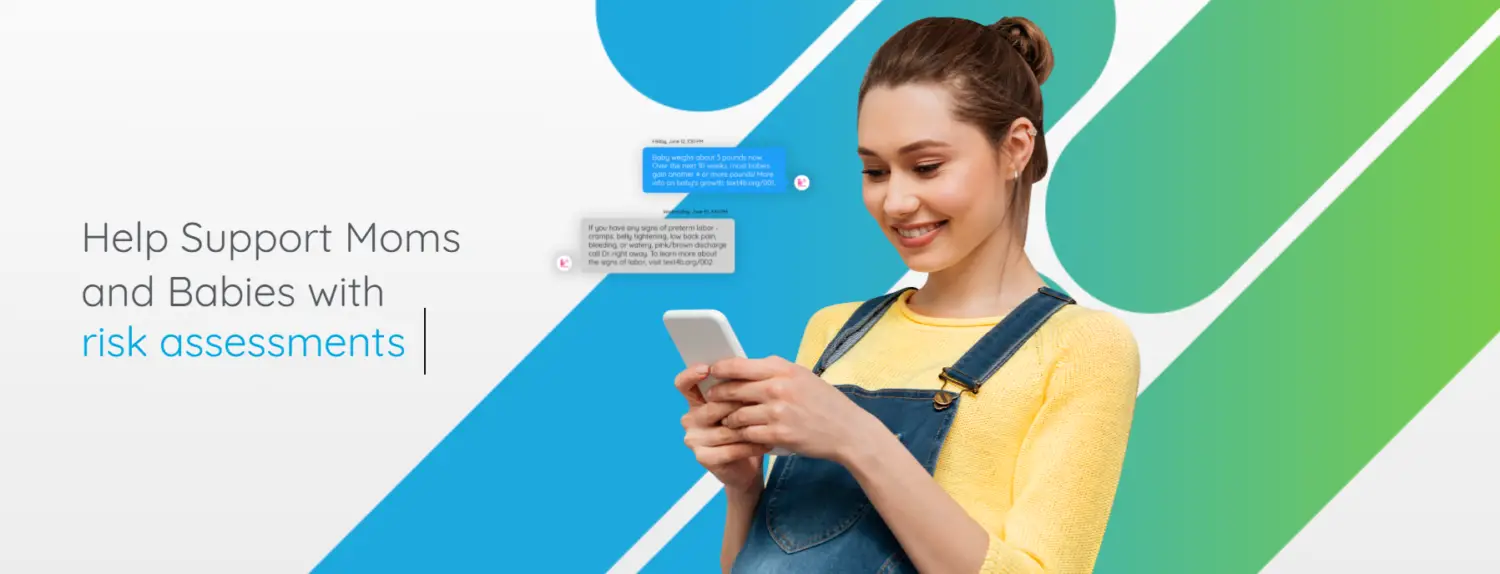
What You Should Know:
– Welltok today announced it is relaunching its gold standard Text4baby program, an interactive text messaging service, has been updated with the latest prenatal and infant care guidelines and food allergy prevention and management information from FARE, the world’s leading non-governmental organization engaged in food allergy advocacy and the largest private funder of food allergy research. The information is clinically validated with medical content reviewed by Harvard Medical School faculty.
– About 10% of babies are born prematurely in the United States, at an average cost of $64,815 per delivery and a total societal cost of more than $25 million. This staggering number may be on the rise with disruptions and delays in prenatal care due to the COVID-19 pandemic. The Text4baby program aims to address health inequities and get critical information into the hands of new and expecting parents.
How It Works
Text4baby is a newly enhanced interactive text messaging service that includes critical prenatal and infant care guidelines to help give babies the best possible start in life. Nearly two million new and expecting mothers have benefited from free access to Text4baby over the past decade. The millions of messages delivered have had a significant impact:
– 40% increase in flu vaccinations
– 35% fewer missed prenatal appointments
– 65% of users talked to their doctor about a message topic
– Over 90% would recommend to a friend
“Early awareness and education are essential to reduce the risk for millions of children with food allergies across the nation,” said Lisa Gable, Chief Executive Officer of FARE. “Programs like Text4baby are an excellent means to get ahead of potentially catastrophic events among our youngest and most vulnerable citizens. It’s educating parents on what food allergies are, the importance of the early introduction of peanut and other allergens for infants and toddlers, their baby’s risk, how to recognize an allergic reaction and where to go for information and resources if babies do develop food allergies.”
